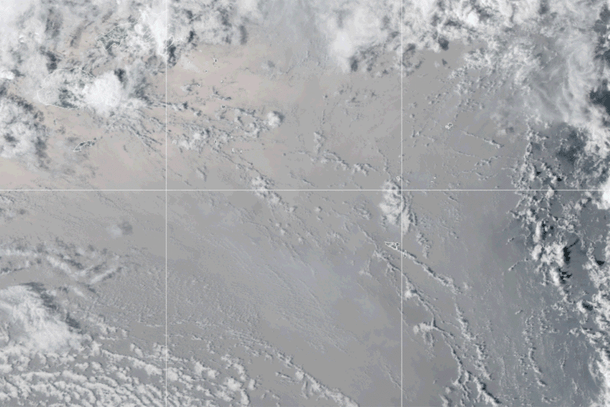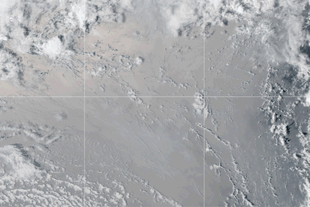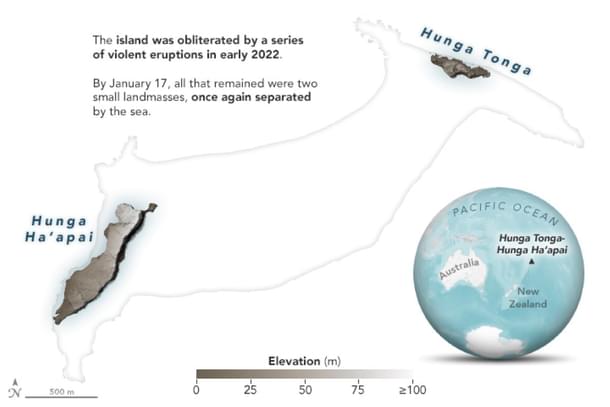News Brief
Tonga Volcano Eruption Released Hundreds Times The Equivalent Energy Of Hiroshima Nuclear Explosion, NASA Says
Swarajya Staff
Jan 25, 2022, 05:50 PM | Updated 06:08 PM IST
Save & read from anywhere!
Bookmark stories for easy access on any device or the Swarajya app.


The recent eruption of the underwater volcano near Tonga released hundreds of times the equivalent mechanical energy of the Hiroshima nuclear explosion, NASA has estimated.
A volcano in the South Pacific Kingdom of Tonga began erupting in late-December 2021 and then violently exploded in mid-January 2022. The eruption obliterated a small, uninhabited South Pacific island known as Hunga Tonga-Hunga Ha‘apai.
“This is a preliminary estimate, but we think the amount of energy released by the eruption was equivalent to somewhere between 4 to 18 megatons of TNT,” said Jim Garvin, chief scientist at NASA’s Goddard Space Flight Center.
That estimate by NASA is based on how much was removed, how resistant the rock was, and how high the eruption cloud was blown into the atmosphere at a range of velocities.
The blast released hundreds of times the equivalent mechanical energy of the Hiroshima nuclear explosion. For comparison, scientists estimate Mount St. Helens exploded in 1980 with 24 megatons and Krakatoa burst in 1883 with 200 megatons of energy.

Ever since new land rose above the water surface in 2015 and joined two existing islands of Hunga Tonga and Hunga Ha’apai, Garvin and an international team of researchers have been monitoring changes there. The team used a combination of satellite observations and surface-based geophysical surveys to track the evolution of the rapidly changing piece of Earth.
For the past six years, researchers from NASA, Columbia, the Tongan Geological Service, and the Sea Education Association worked together to determine how the young terrain was eroding due to the ongoing churn of waves and occasional battering by tropical cyclones. They also noted how wildlife—various types of shrubs, grasses, insects, and birds—had moved from the lush ecosystems of Hunga Tonga and Hunga Ha‘apai and colonized the more barren landscapes of the newer land.





